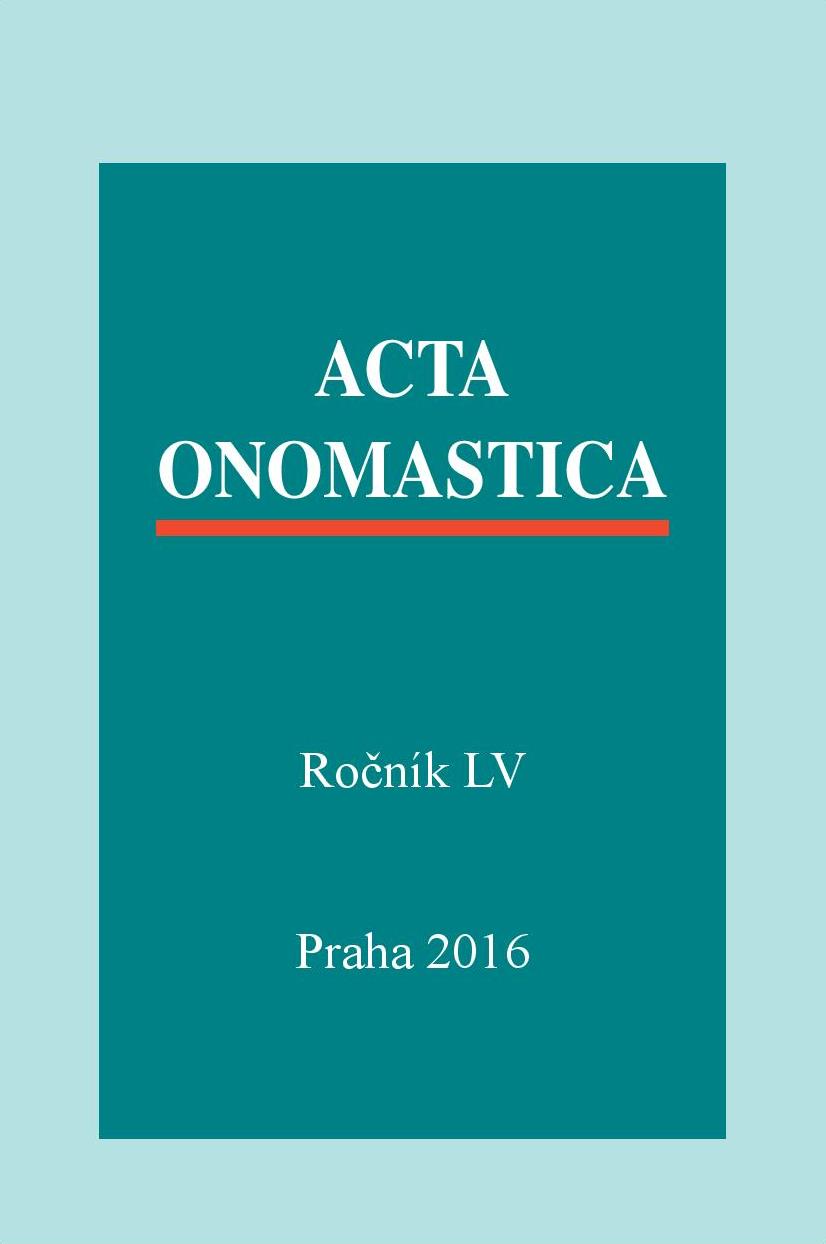Lexical Topoformants in Toponyms
Lexical Topoformants in Toponyms
Author(s): Barbara BábaSubject(s): Language and Literature Studies
Published by: AV ČR - Akademie věd České republiky - Ústav pro jazyk český
Keywords: name formant; topoformant; appellative; primary lexical topoformant; secondary lexical topoformant
Summary/Abstract: Some types of proper names have their own name formants which are specific to them: these elements of place names are generally called topoformants. The geographical common noun components of place names can be considered as primary lexical topoformants if the geographical common noun fulfils its type marker role in such a way that this function coincides with the dictionary meaning of the geographical common noun. In this case the role of the common noun and therole of the common noun in the place name are entirely the same, they overlap, e.g. Nagy-völgy ’big valley’, Újfalu’new village’, Eastwood’Eastern wood’, Netherton’lower village’, Düsseldorf’a village near the river Düssel’.On the contrary, the secondary topoformant is a common noun in place names which doesn’t originally fulfil the type marker role, but due to the frequent use it aquires this role as a part of a name type. This function, however, doesn’t exert influence on the dictionary meaning of the formant. For example, the lexemes egyház’church’, monostor’monastery’, híd’bridge’ or vár’castle’ are secondary topoformants of settlement names in Hungarian. For instance, initially the names with the posterior component egyház’church’ were formed by metonymy, after the church of the given settlement (e.g. Kerekegyház ’round church’). Nevertheless subsequently the existing names have served as a model to the other name formations, thus in the Hungarian language villages with churches were marked the names with posterior component egyház’church’, e.g. Őregyház ’village with church called Őr’, Vidaegyház ’village with church called Vida’.Naturally the alignment with the name modelscan bea characteristic feature in other languages as well.
Journal: Acta Onomastica
- Issue Year: LV/2016
- Issue No: 55
- Page Range: 17-24
- Page Count: 8
- Language: English

